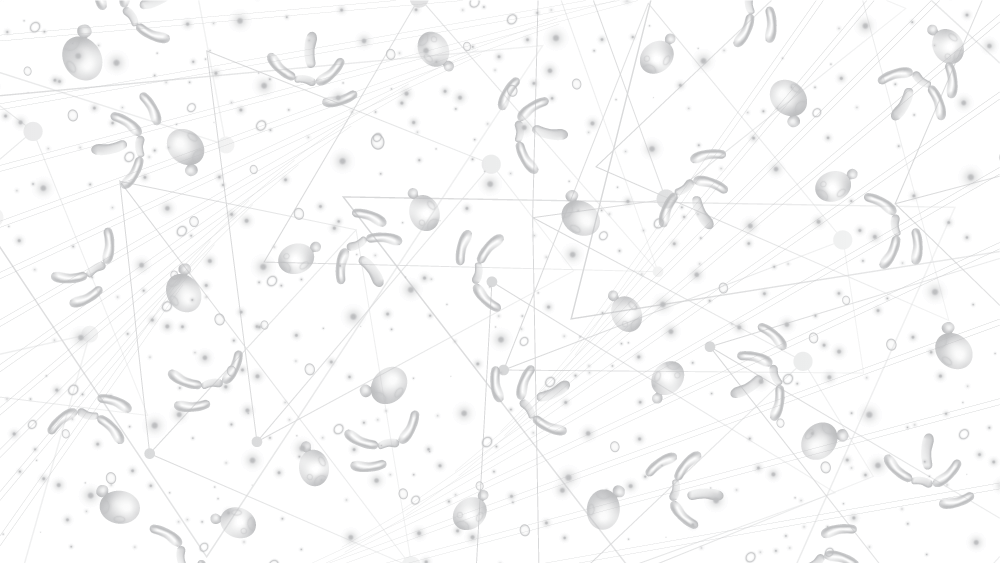Filter by
Lallemand Animal Nutrition awards 5 scholarships to rising stars in agriculture, $14,000 given to 3 graduate students, 2 undergraduate studentsMILWAUKEE – Jan. 21, 2024 – The Lallemand Animal Nutrition Scholarship Committee awarded five scholarships to up-and-coming students and established scholars within agriculture. This is the tenth year the company awarded the scholarships, which reward students for their exceptional achievements […]
Jan 21, 2025
In-feed Probiotics and Water Bioremediation Significantly Enhance Shrimp Performance and RobustnessLallemand to present new study on water and gut microbiota modulation in shrimp at APA 2024 A 42-day trial in Vietnam using whiteleg shrimp juveniles confirms the efficacy of microbiota modulation strategies and their potential to improve shrimp growth performance […]
Jul 11, 2024
A journey towards a more resilient selenized yeast production systemAs part of our commitment to adapt to market changes and proactively address the evolving demands of our customers, we are pleased to unveil our strategic decision to make substantial investments in one of our selenized yeast plants. For the […]
May 22, 2024
Promising new technology developed by microXpace and Lallemand Animal Nutrition ready to move to product development phaseUnlocking the power of Alpha-Gal immunity to help mitigate parasitic infestation in fish and poultry The collaboration between startup microXpace and Lallemand Animal Nutrition has reached a significant milestone as both partners prepare to enter the product development phase for […]
Mar 15, 2024
Piglet nutrition: Unveiling the benefits of YELA PROSECURE as a blood plasma substituteOur swine experts presented a new study at the BOKU Symposium Tierernährung 2024 on the replacement of porcine blood plasma by yeast-based solution, YELA PROSECURE, in post-weaning piglet feed. YELA PROSECURE is a specifically designed hydrolyzed yeast developed by Lallemand […]
Feb 29, 2024
New trial shows yeast derivative YANG supports immunity and intestinal health in shrimpWe are pleased to share new trial results conducted in L. vannamei shrimp in China, Tianjin, that confirm YANG helps support immunity, antioxidant defenses and intestinal health. These benefits are translated into improved production performance for shrimp farmers. YANG is […]
Feb 14, 2024
Lallemand Animal Nutrition launches new website for petfood and equine feed professionalsWe are pleased to announce the launch of a new website dedicated to pet and equine nutrition: https://lalprobiome.lallemandanimalnutrition.com/ The new website is a comprehensive resource for petfood and equine feed industry professionals, veterinarians and nutritionists. It provides technical content on […]
Feb 14, 2024
Lallemand Animal Nutrition awards 5 scholarships to rising stars in agriculture$14,000 given to 3 graduate students, 2 undergraduate studentsThe Lallemand Forward Scholarship Committee awarded five scholarships to up-and-coming students and established scholars within agriculture. This is the nineth year scholarships were awarded — investing a total of $123,500 since the fund was established. “Reviewing the outstanding candidates for […]
Feb 9, 2024
Lallemand Animal Nutrition welcomes 3 new talents in Southeast AsiaOur Southeast Asia team is thrilled to welcome three new colleagues: Dongwoo (Antonio) Lee, Country Manager for Korea; Yoann Perrault, Technical Sales Manager Monogastric, and Quentin Delorme, Technical Deployer Monogastrics. Dongwoo Lee graduated from Seoul National University with a Ph.D. […]
Feb 8, 2024
Lallemand announces Castex to succeed Le Treut as Lallemand Animal Nutrition President, General ManagerOn February 1, 2024, Mathieu Castex, Ph.D., will succeed Yannig Le Treut, DVM, as President and General Manager of Lallemand Animal Nutrition. Dr. Castex comes to the position after serving as our Director of Research and Development since 2014. Dr. […]
Dec 5, 2023
